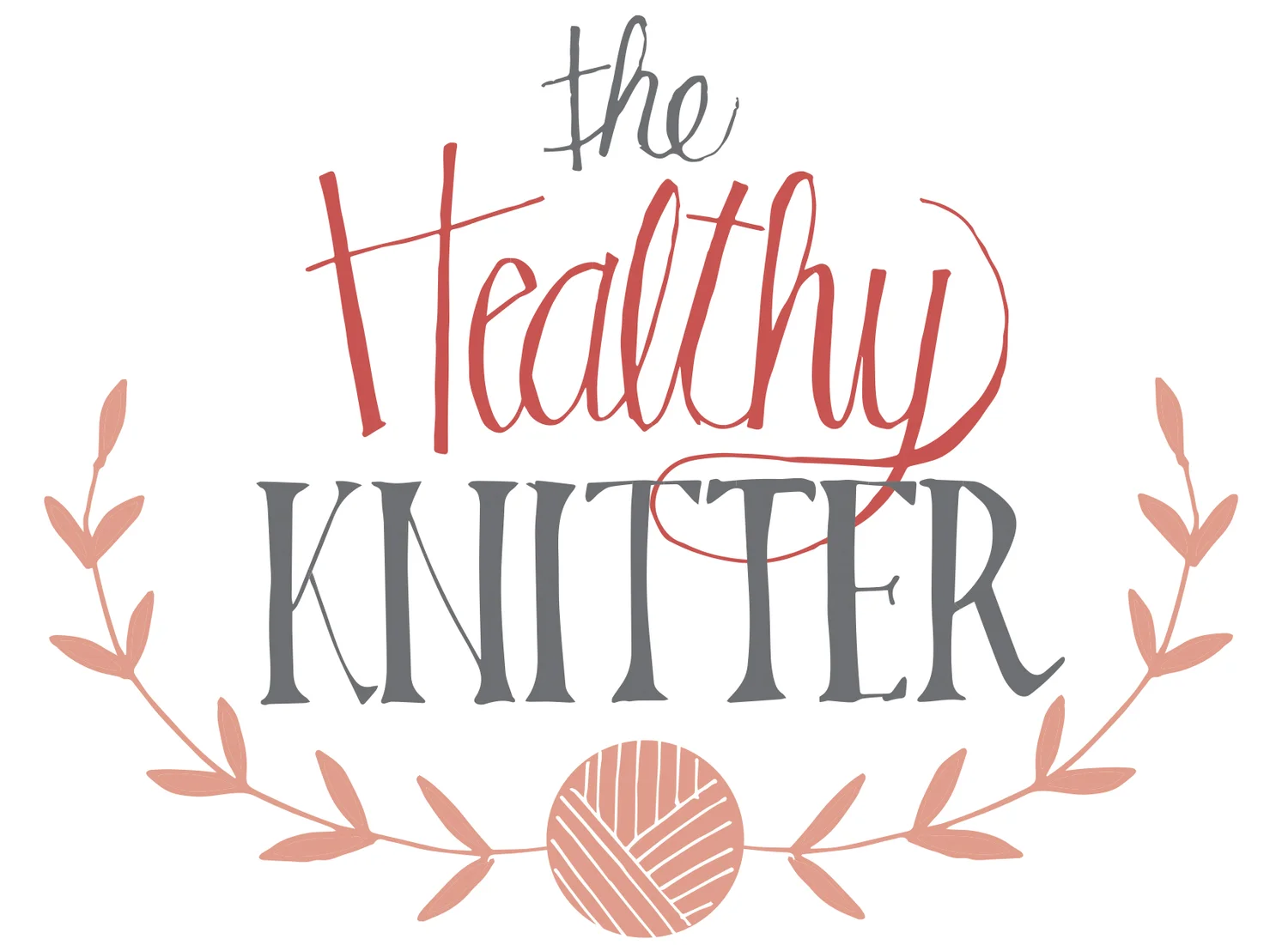The ripples…
Cultivating a practice of peace will extend to reach others. When I think of individuals that have lived a life with peace as their focus, famous people come to mind… Gandhi, the Dalai Lama, Saint Theresa and Peace Pilgrim. At some point in their life, each one of these individuals committed their existence to peace.
To build peace we need to teach others about peace. What and how we teach comes in all shapes and sizes. It begins with your own peaceful choices as those will certainly have an impact on others. Yet how can we do more?
And since we are knitters, how can we use knitting to spread peace? Knitting for others whether as a gift or for someone in need in always an option. However, I find myself thinking there has to be more. Here’s one company that’s doing just that…
When I returned to knitting more than 20 years ago, the first yarn I bought was a skein of Peace Fleece yarn and some special wooden needles. We had very little money and this purchase felt so special. Little did I know where that one skein of yarn would lead but ultimately it's brought me here today. So, yes, this is some yarn that is near and dear to my heart, yet the bigger picture is why this yarn ever came into existence.
Peace Fleece is a yarn company that began in the 1980s during the Cold War. Peter Hagerty and his wife Marty Tracy started buying wool from the Soviet Union back in 1985 with the hopes that through trade they could help diffuse the threat of nuclear war. He collaborated with sheep farmers in Russia, brought the fleeces to the US and spun the Russian fleece with fiber from the US to create a yarn. It was unprecedented yet the yarn symbolized the ability of people to work together leading to opportunities for mutual understanding and economic interdependence.
Mr. Hagerty and his family continued to operate Peace Fleece for more than 30 years until recently retiring. Harrisville Designs, owner of one of the country’s oldest fiber mills purchased Peace Fleece allowing the production of this meaningful fiber to continue. The mission of Peace Fleece is to “support pastoral communities that have been historically in conflict with the US.” Today, they work with the Navajo to offer fair market prices for the Ramboulliet fiber raised by families on the Reservation.
Supporting yarn producers with a worthy mission is another example but what else can we do to “teach peace.” Here’s a few ideas:
Teach children to knit at schools, after-school programs, or for kids in the neighborhood.
Use knitting to raise awareness of social issues such as climate change. Check out The Tempestry Project created by Emily McNeil. She's using knitting to visualize climate data in a way that is accurate, tangible, and beautiful.
Host a knitting group and have conversations about how you might help those in-need in your community.
Paint “peace” on little tocks and leave them around town as a small reminder to others to choose peace.
Here's a resource for teaching peace in schools... just think if more children were actively engaged in peacebuilding.
Peace is a practice.
Peace is not passive.
Actively choosing peace in our own lives will ripple.
Day 17. Peace tip.
Pour yourself a cup of tea, find a chair, take a few moments to practice alternate nostril breathing, and then ponder this question: How can I "teach peace?"


